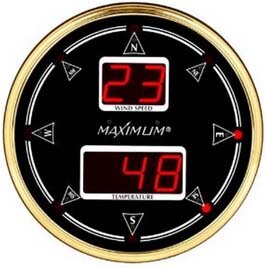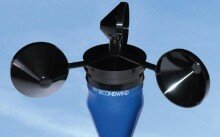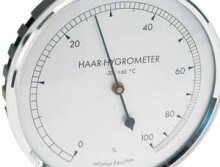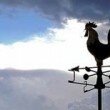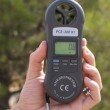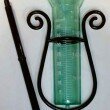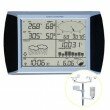 Barometer clocks were invented in 1643 by Evangelista Toricelli of Florence Italy and were redesigned by Robert Boyle from England in 1660. There are several types of barometers which in include the stick, wheel or banjo, marine, aneroid, and pocket.
Barometer clocks were invented in 1643 by Evangelista Toricelli of Florence Italy and were redesigned by Robert Boyle from England in 1660. There are several types of barometers which in include the stick, wheel or banjo, marine, aneroid, and pocket.
The sole function of barometer is to measure atmospheric pressure. Each design is different by using special methods of measuring; water, mercury, and air. These are all used to forecast short term changes in the weather. It can also help find high pressure systems, frontal boundaries, and surface troughs.
The instrument itself is a pretty simple design. All you need is a vacuumed sealed tube with a scale and mercury (you can use also use water or air). As the air pressure rises, the mercury rises in the tube which is registered by the scale that is marked on the side of the tube.
Like a set of scales the barometer balances the weight of the mercury against the pressure of the atmosphere. If the weight of the mercury is higher then the atmospheric pressure then it will fall, and vice verse the mercury is less.
The most frequently method of forecasting weather is measuring changes in the pressure of the atmosphere. High and low pressures are moved around regions which cause weather patterns. Depending on how fast or slow or how long over a period of time will assist with predicting the weather.
Today’s technology allows weather forecasters to use a digital barometer which in turn gives a more accurate weather prediction.




